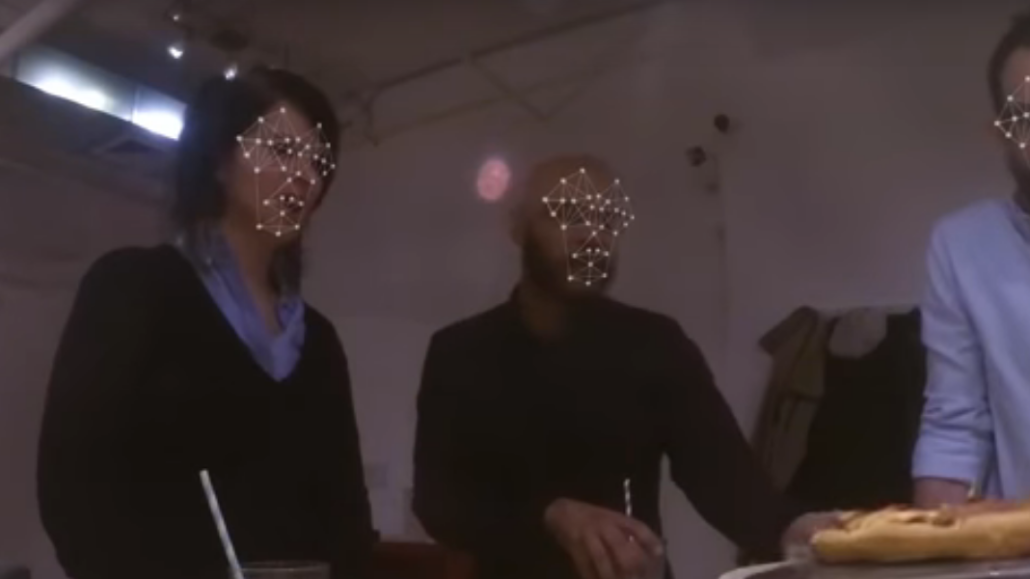DiGiorno pizza used facial recognition to show how much people love pizza

Everyone loves pizza — or, at least, that’s what DiGiorno wants to prove.
The Nestlé frozen pizza brand recently used facial recognition and emotion tracking software to measure people’s reactions to pizza. For the stunt, DiGiorno enlisted 24 everyday people to host three separate parties with friends and family at a loft in New York City.
At each of the parties, more than 40 high-resolution cameras were installed to use facial recognition and emotion-tracking software to gauge guests’ reactions. The footage was then processed using custom software to map the attendees’ expressions in response to the pizza’s smell and sight.
The recorded video footage was broken down to images at five-second intervals, and then processed through the facial analysis software. People’s emotional patterns — including joy, sorrow, anger, fear and surprise — were calculated with Google’s Vision API on a scale of 0-4. The joy scores were averaged on a per minute basis (only by participants that displayed it) and subtracted from the initial level of joy that they felt upon arriving at the party to calculate the joy they felt in reaction to each stimulus.
The results showed that at each party, guests were the happiest when they smelled pizza while it was being baked, even more so than when they were actually eating it. DiGiorno also found that the guests’ moods improved by 18 percent when the pizza went into the oven, by 20 percent when the pizza was taken out of the oven, by 11 percent when the host cut the pizza, and by 11 percent when guests had their first bite.
According to Chris Brody, senior brand manager at DiGiorno, said the goal was to show how Digiorno pizza elevates social occasions. But after conducting it, the brand realized that it could also use its results to connect with its audience.
“We were looking for a fun, unique way to talk about pizza,” he said. “Not just the product, but to rather showcase the full experience of baking a pizza in your own oven.”
Weber Shandwick and Golin led creative and executed the social experiment, while the Reach Agency created social content to push across the brand’s social channels and use it for digital pre-roll ads across a variety of websites that it has paid media partnerships with. The brand also developed a custom #PowerOfPizza Twitter emoji for people to share on social media.
More in Marketing

Ahead of Euro 2024 soccer tournament, brands look beyond TV to stretch their budgets
Media experts share which channels marketers are prioritizing at this summer’s Euro 2024 soccer tournament and the Olympic Games.

Google’s third-party cookie saga: theories, hot takes and controversies unveiled
Digiday has gathered up some of the juiciest theories and added a bit of extra context for good measure.

X’s latest brand safety snafu keeps advertisers at bay
For all X has done to try and make advertisers believe it’s a platform that’s safe for brands, advertisers remain unconvinced, and the latest headlines don’t help.








